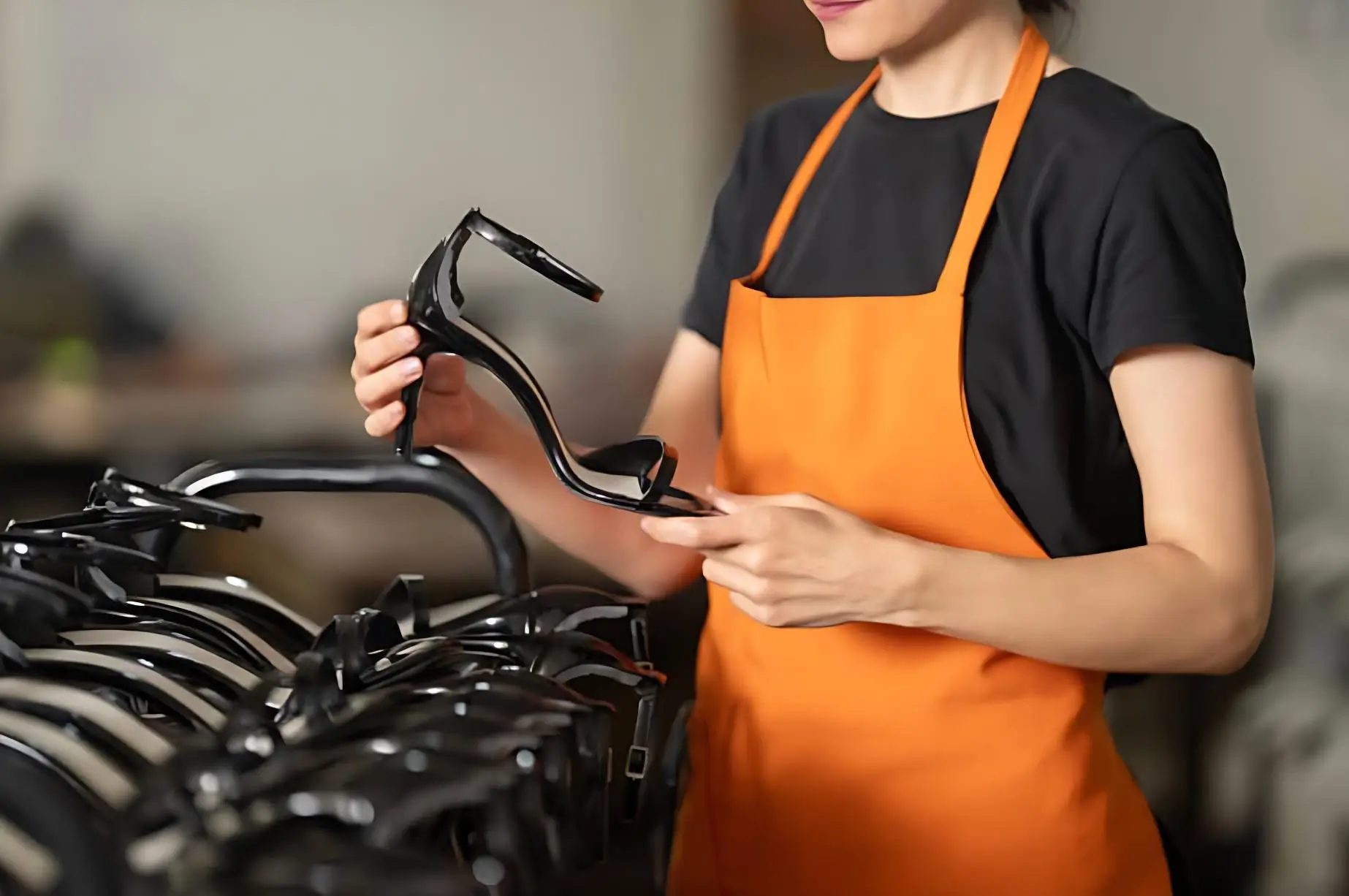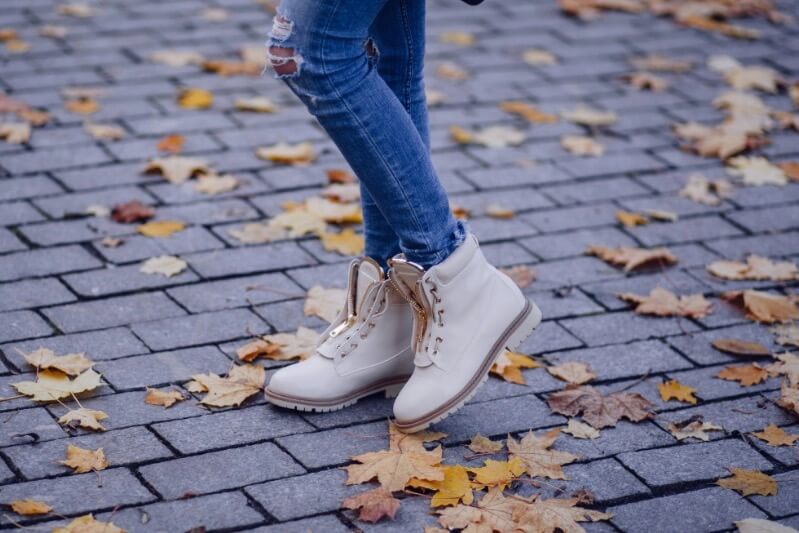Let’s be real. Is your latest collection starting to feel a bit… predictable? In a world this crowded, it’s tough to stand out. It’s a real fight to create something that feels new.
You are not the only one feeling this. Many great brands eventually hit a creative wall. They lean on the same styles that made them famous. But the world changes, and your customers are changing even faster. The real energy, the most explosive growth, and the freshest creative talent right now? It’s all happening in Asia.
This guide is your map to tapping into that energy.
Look, this isn’t about finding a cheaper supplier. It’s about finding a true creative partner. It’s about fusing your brand’s DNA with the vibrant, culturally rich vision of a top Asian designer. This is your ticket to breaking into the planet’s fastest-growing luxury markets. It is also how you connect with the next generation of luxury buyers on their own terms.
We’re going to break down the whole process. From finding the right person to launching a collaboration that gets everyone talking and—most importantly—moves product.
Why Asia? Why Now? The $192 Billion Elephant in the Room
Let’s talk numbers first, because they’re huge. The luxury market in the Asia-Pacific is on a rocket ship, projected to blast past $192 billion by 2033. This isn’t a slow creep; it’s a massive wave. If your brand doesn’t have an Asia strategy, you are leaving a staggering amount of money on the table.
But this isn’t just about the market size. It’s about who’s doing the buying.
The New Luxury Customer: Young, Digital, and Allergic to Fakes
The new face of luxury is young. In some parts of Asia, kids start buying luxury goods at 15 years old. These Millennial and Gen Z shoppers are nothing like their parents. They don’t just want a logo they recognize. They want a story they believe in. They want a unique experience. And they absolutely demand to buy from brands that understand their culture.
This generation lives online. They discover new drops on Douyin (China’s TikTok). They get style inspiration from Xiaohongshu (Little Red Book). They buy stuff directly through WeChat mini-programs. If your brand isn’t playing in this space, you are basically invisible to them. Partnering with a hot Asian footwear designer is a powerful shortcut. It gives you instant street cred with this incredibly important audience.
A Quick Tour of the Opportunity Zone
China: This is the giant. The luxury market here is set to hit $115 billion by 2025. That’s a quarter of the entire global market. Think about that.
Southeast Asia: This region is an absolute growth engine. Places like Indonesia, Vietnam, plus Thailand are seeing luxury sales grow at a blistering 8% a year.
India: This is the fastest-growing player. For Indian consumers, a luxury brand is a powerful symbol of making it. The market is growing at over 6% a year.
South Korea: This country has the highest spending per person on luxury goods in the world. It’s a trend-setting powerhouse that influences all of Asia.
Consumer confidence across Asia is sky-high. People are ready and willing to spend. A smart, exciting design collaboration gives them a great reason to spend with you.
Finding Your Creative Match: What to Look For in a Partner
This is probably the most important decision you’ll make. You aren’t just hiring a sketch artist. You’re looking for a creative partner who can give your whole brand a shot of adrenaline.
The Aesthetic: Mixing East and West to Create Something New
The most successful Asian designers are masters of fusion. They can take the deep history of the East and blend it with a modern, global style. This creates a look that feels both unique and totally cool anywhere in the world.
When you’re looking for a footwear designer, look for these skills:
Interesting Shapes: Are they messing with the shape of the shoe? Think of the deconstructed, oversized forms of a legend like Yohji Yamamoto.
Modern Vibe: Can they create something that feels elegant but also fresh? Look for someone who can take a classic shape and make it pop with bright colors or unexpected details, like Prabal Gurung does.
A Signature Look: Does their work stop you in your tracks? A great designer can create sculptural pieces that stand out, maybe even using tech like 3D printing to do it.
Obsessed with Craft: This is luxury, after all. You need a partner who lives and breathes craftsmanship, precision, plus beautiful materials. This is non-negotiable.
Beyond the Sketch: The Critical Importance of Cultural Respect
Okay, listen up. This is where so many Western brands screw up. Big time. A great collaboration is built on deep cultural respect, not on lazy, superficial borrowing.
There’s a huge difference between being inspired and just stealing.
Inspiration (The right way): This means you work with artists and designers from that culture. You give them credit. You pay them fairly. It’s a two-way conversation.
Appropriation (The wrong way): This is when you just grab a cultural symbol—something sacred, a traditional pattern—without any understanding. You just slap it on a product as decoration. This is how you start a PR firestorm.
When you’re checking out a potential partner, look at their past work. How do they handle cultural elements? Do they get it? Your goal is to find someone who can authentically weave cultural stories into their designs. For example, a footwear designer who can draw from the patterns of ancient porcelain or the art of Japanese knot-tying will create something with real soul.
The Playbook: A Step-by-Step Guide to a Killer Collaboration
Step 1: The Vetting (More Than Just a Pretty Instagram)
Once you have a shortlist, it’s time for a serious background check.
The Creative Deep Dive: Go through all their past work. Does their vision really fit with your brand, or will it feel forced?
The Culture Check: Have a direct conversation about how they approach cultural inspiration. Are they open to working with cultural experts to get it right?
The Track Record: Have they had successful brand collabs before? Do they get good international press? Do they have a real following with your target customers?
The Business Check: Can their studio actually handle the demands of a commercial project? Do an IP history review to make sure there are no hidden legal landmines.
Step 2: The Deal (Structuring Your Partnership)
Capsule Collections: This is the most popular way to do it. You create a limited-edition collection. This creates hype and lets you test a new style without betting the whole farm.
Brand Identity Project: For a deeper partnership, you could have the designer help refresh your brand’s whole look, from packaging to ads.
Whatever you choose, you absolutely need a detailed legal agreement. The contract has to be crystal clear about who owns the designs, how trademarks can be used, plus how you’ll handle any problems.
Step 3: The Creation (Bringing the Vision to Life)
Co-creation Workshops: The best way to start is to get your design teams and the designer in a room together. This ensures the vision is baked in from the very beginning.
The Story: A collaboration is a story. You need a great one. Who is this designer? What inspired the collection? This is the content that will power your marketing.
Retail as Theater: Don’t just put the shoes on a shelf. Create exciting pop-up shops or in-store events that bring the story to life for your customers.
Step 4: The Launch (A Culturally-Smart Marketing Blitz)
How you market this in Asia is just as important as the product itself.
Hyperlocal is Everything: Don’t be lazy. A campaign that works in Shanghai will fall flat in Seoul. You must adapt your message and work with local creators.
Play on Their Turf: You have to be on WeChat, Douyin, and Xiaohongshu. Period.
Use Influencers and Live Commerce: Work with top social media stars and K-pop idols to connect with young buyers. Live commerce in Asia is a selling machine.
Get Great PR: Work to get stories in top luxury magazines, both internationally and in key Asian markets.
So, Did It Work? How to Track the Win
How do you know if it was all worth it? You need to track a clear set of metrics.
Brand Health: Is Your Image Stronger?
Social Media Buzz: Track mentions and shares. For example, the famous Balmain x H&M collab generated over 4.3 billion impressions online. That’s not a splash; it’s a tsunami.
Media Value: Use tools to put a dollar value on your press and social coverage.
Brand Surveys: Do surveys before and after the launch. Did people’s perception of your brand improve?
The Bottom Line: Did It Make You Money?
Sales Lift: This is the obvious one. Track the direct sales from the collection. The Louis Vuitton x Supreme partnership sent revenues soaring by a massive 21%.
Return on Investment (ROI): Calculate the ROI on everything—designer fees, marketing, the works.
New Customers: How many new, younger customers did the collaboration bring in? This is a key metric for future growth.
Frequently Asked Questions
1. How do I start the process of finding the right Asian designer for my brand?
The best approach is multi-faceted. Start by monitoring major fashion awards like the LVMH Prize and following key Asian fashion publications to identify rising stars. Attending major fashion weeks in Shanghai, Tokyo, and Seoul is also invaluable for seeing their work firsthand. Once you have a shortlist, a deep dive into their portfolio and a direct conversation about cultural sensitivity are crucial next steps.
2. What is the biggest risk in a cross-cultural design collaboration?
The single biggest risk is cultural appropriation. Simply taking a traditional pattern or sacred symbol without deep understanding, permission, and fair collaboration can lead to a significant PR crisis that damages your brand. The key to avoiding this is to engage in a genuine, respectful partnership, often involving cultural consultants and direct engagement with artisan communities.
3. Our brand has a strong identity. How do we ensure a designer collaboration doesn’t dilute our brand?
This is a great question. The key is to treat it as a fusion, not a takeover. A strong legal agreement should define the creative boundaries. More importantly, co-creation workshops at the beginning of the process are essential. This is where your design team and the guest designer can work together to find a creative direction that feels both new and exciting, but still authentic to your brand’s core DNA. It’s about creating a product that is “Your Brand, But Bolder.”
Final Takeaways: Your Brand, But Bolder
As we’ve explored, partnering with a top Asian designer isn’t just a creative choice; it’s a powerful strategic move to unlock new markets and connect with the next generation of luxury consumers. Success hinges on finding a partner who not only shares your creative vision but also has the deep manufacturing expertise to bring it to life with excellence.
At Jinhua Shoes, this is our entire philosophy. Since 2004, from our home in Wenzhou, China’s shoe capital, we’ve been the trusted OEM & ODM engine behind leading brands and retailers across five continents. We don’t just make shoes; we help you navigate the entire process, from respecting cultural nuances to ensuring world-class quality that safeguards your reputation.
If you’re ready to build a bolder, more culturally resonant brand, we’re ready to listen.
Got a project in mind? Let’s turn it into reality. Send your project details to our expert team by email to start the conversation.
📧 Email: sales@jinhuashoes.com
(You’ll get personalized expert feedback within 12 hours.)



